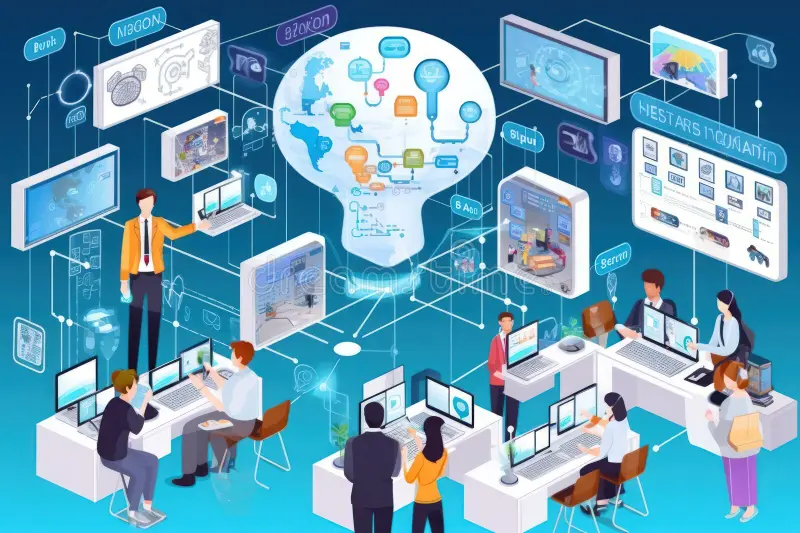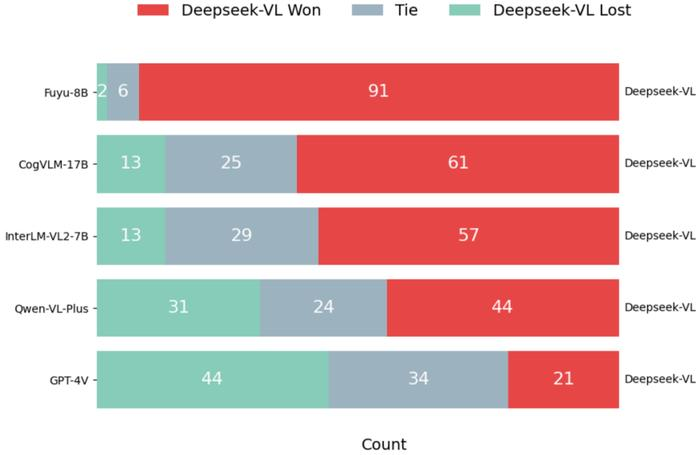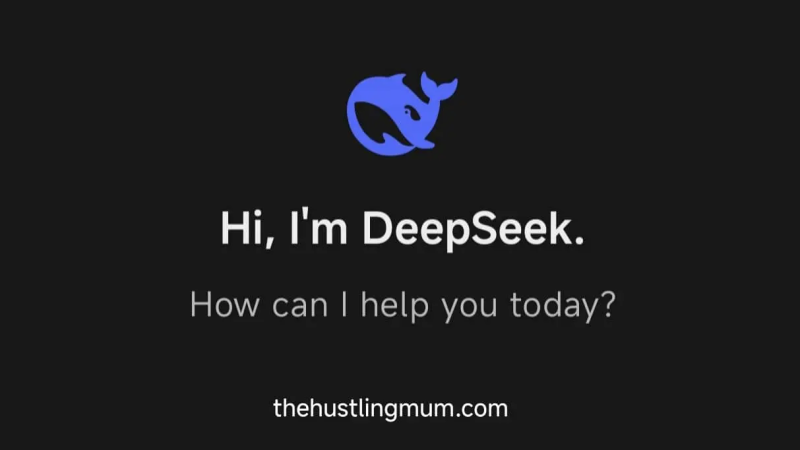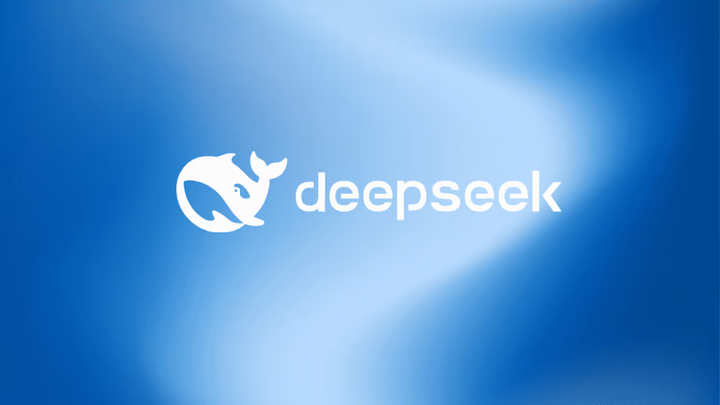Artificial Intelligence (AI) has witnessed a significant leap with the advent of large models, which have become a cornerstone in various technological advancements. These models, characterized by their vast number of parameters, offer unprecedented capabilities in understanding and generating human-like responses and insights.
Introduction to AI Large Models
AI large models are essentially deep learning models with an extraordinarily large number of parameters, often in the billions or even trillions. They have evolved from traditional machine learning models to sophisticated neural networks capable of learning from vast amounts of data. This evolution has been driven by advancements in hardware, efficient training algorithms, and the availability of massive datasets.
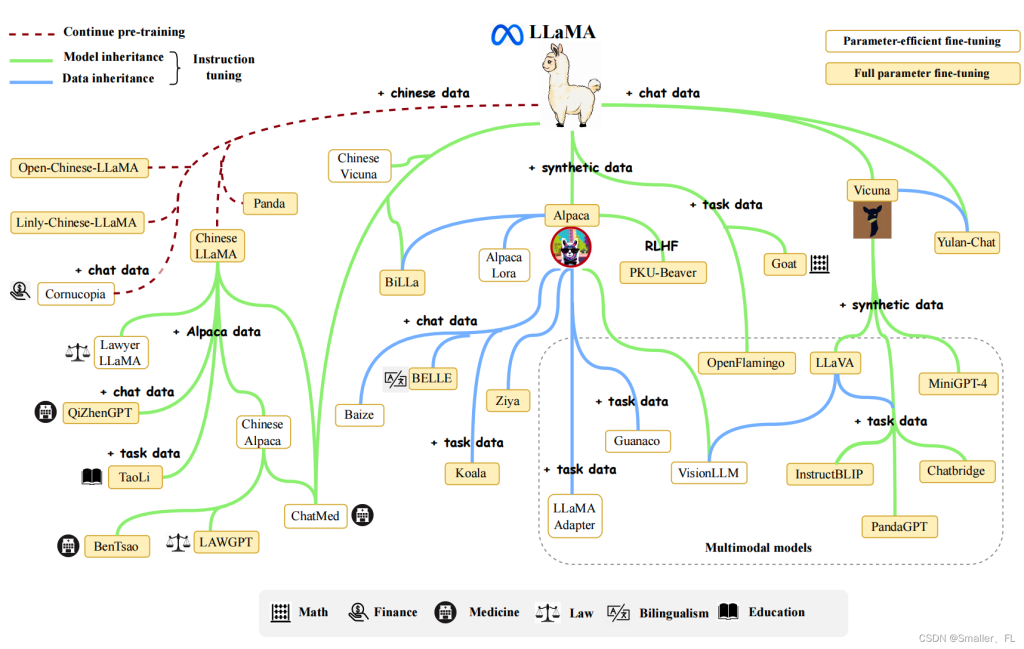
Overview of Current Major AI Large Models
Natural Language Processing Models
Models like GPT (Generative Pre-trained Transformer) and BERT (Bidirectional Encoder Representations from Transformers) have revolutionized natural language processing. GPT is known for its ability to generate coherent and contextually relevant text, making it suitable for tasks like writing articles, coding assistance, and conversational AI. BERT, on the other hand, excels in understanding the context of words in a sentence, which is crucial for tasks such as sentiment analysis and question answering.
Computer Vision Models
In the realm of computer vision, models like DALL-E and CLIP have made significant strides. DALL-E can generate images from textual descriptions, opening up possibilities in creative design and advertising. CLIP, developed by OpenAI, combines images and text to perform tasks like image search and content recommendation, showcasing the potential of multimodal learning.
Multimodal Models
Models like DeepMind’s Gato represent the next frontier, integrating multiple modalities such as text, images, and audio. This allows for more comprehensive and versatile applications, such as robots that can understand and interact with their environment in a more human-like manner.
Technical Differences and Features Among Large Models
Architectural Variations
Different large models employ distinct architectures. For instance, GPT is based on the Transformer architecture, which uses self-attention mechanisms to weigh the importance of different words in a sentence. BERT, however, uses bidirectional training, meaning it considers both the preceding and following words to understand the context. These architectural differences lead to variations in performance and suitability for specific tasks.
Training Methodologies
The training of large models also varies. Some models are trained on vast amounts of unlabeled data in an unsupervised manner, while others require labeled datasets for supervised learning. The choice of training methodology depends on the task and the availability of data.
Data Requirements and Utilization
Large models demand enormous datasets to learn effectively. The quality and diversity of the data significantly impact the model’s performance. For example, models trained on a wide range of texts can generate more versatile and contextually appropriate responses.
Practical Applications of AI Large Models
Natural Language Processing Applications
Large language models have found applications in various fields. In healthcare, they assist in medical text analysis and patient communication. In education, they provide personalized learning experiences and automate grading. In the business world, they enhance customer service through intelligent chatbots and automate content creation.
Computer Vision Applications
In the field of computer vision, large models are used for tasks such as image classification, object detection, and image generation. They are employed in autonomous vehicles for environment perception and decision-making, in security systems for surveillance, and in creative industries for generating visual content.
Cross-domain Applications
The versatility of large models allows them to be applied across multiple domains. For instance, they can be used in agriculture for crop monitoring and pest detection, in finance for risk assessment and fraud detection, and in logistics for supply chain optimization. Their ability to handle different types of data and tasks makes them invaluable tools in a wide range of industries.
Conclusion
AI large models have transformed the landscape of AI applications, offering powerful capabilities in natural language processing, computer vision, and multimodal tasks. Their technical nuances, such as architectural differences and training methodologies, influence their performance and suitability for various tasks. As these models continue to evolve, they hold the promise of driving further advancements and innovations across multiple sectors.
Hot Questions and Answers
- What makes GPT different from BERT?
- GPT is designed for text generation and uses a unidirectional Transformer architecture, while BERT is optimized for understanding context in text and uses a bidirectional architecture.
- How do large models handle different types of data?
- Large models, especially multimodal ones, integrate different types of data such as text, images, and audio. They use advanced architectures and training techniques to process and understand these diverse data types.
- What are the main challenges in training large models?
- Training large models requires significant computational resources and large datasets. Additionally, issues like overfitting and ensuring the model’s ethical use are major challenges.
- Can large models be used in healthcare?
- Yes, large models are increasingly being used in healthcare for tasks such as medical text analysis, disease diagnosis, and drug discovery. They can analyze medical images, predict patient outcomes, and assist in clinical decision-making.
- How do large models impact the creative industry?
- Large models have a significant impact on the creative industry by generating text, images, and even music. They can assist artists, writers, and designers in creating new content and provide inspiration.
- What is the future of AI large models?
- The future of AI large models is promising. They are expected to become more efficient, capable of handling more complex tasks, and integrated into various aspects of daily life and industry. However, ethical considerations and regulatory frameworks will also play a crucial role in their development.

